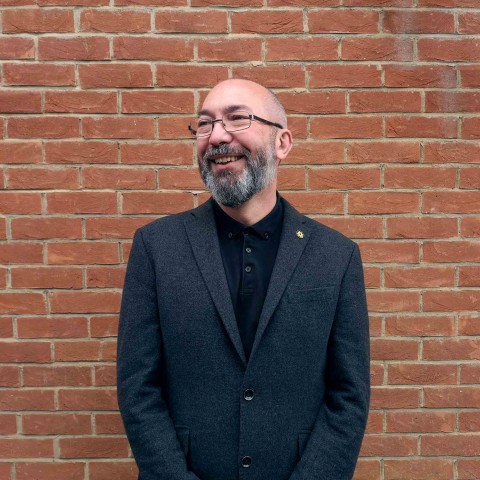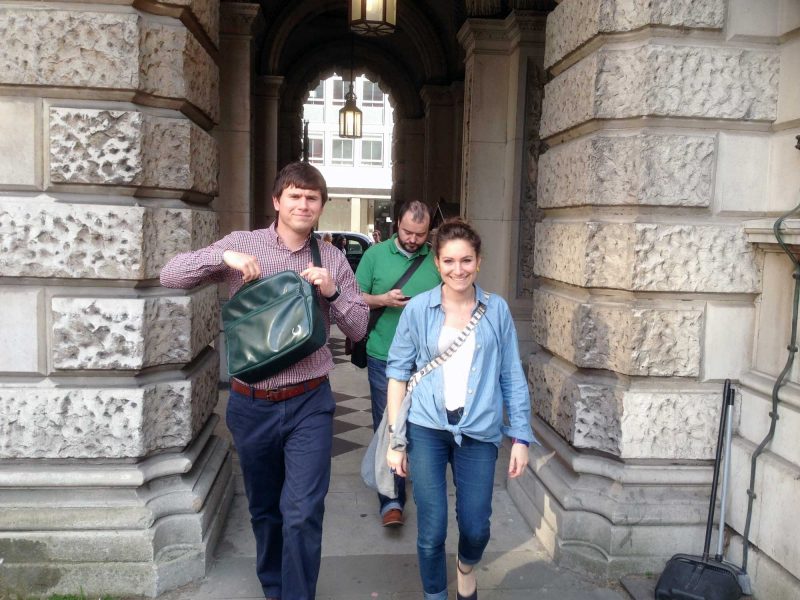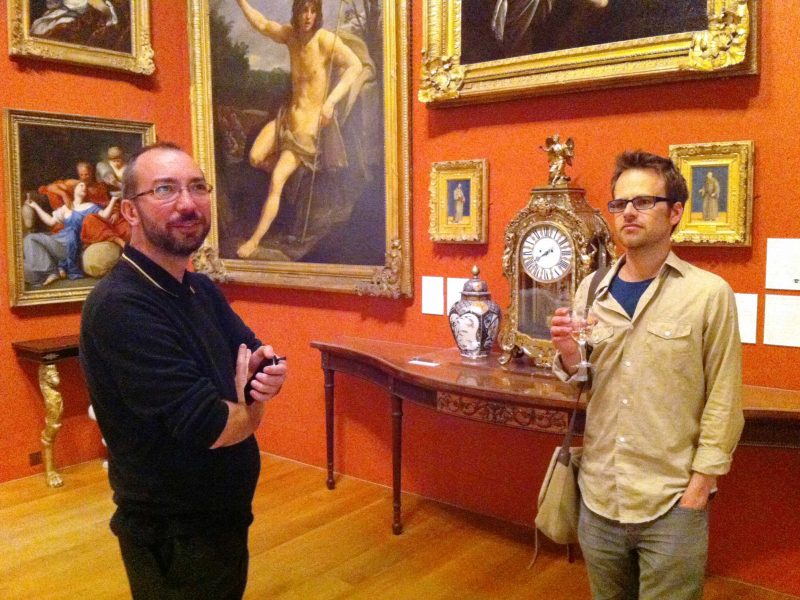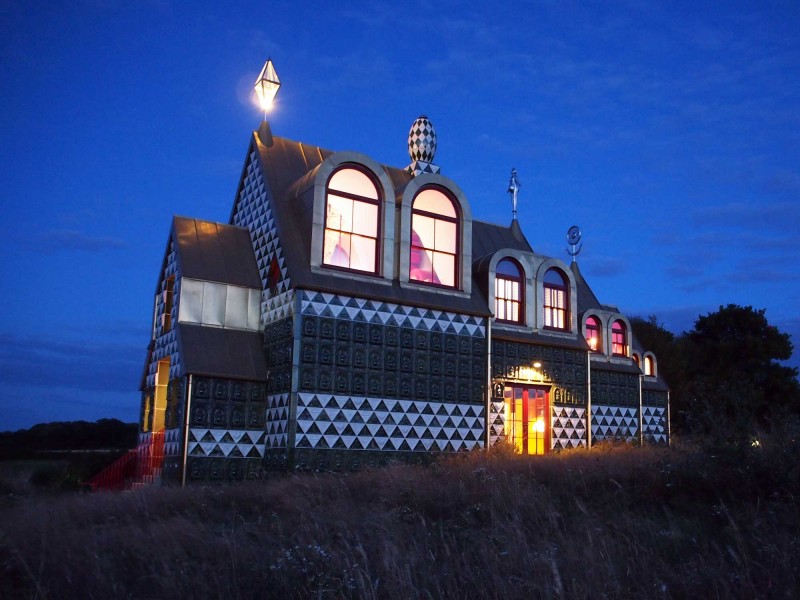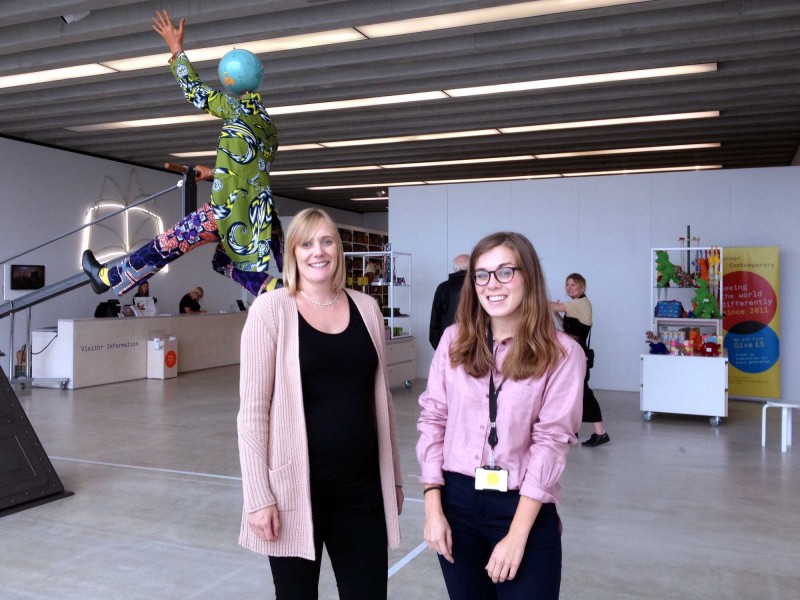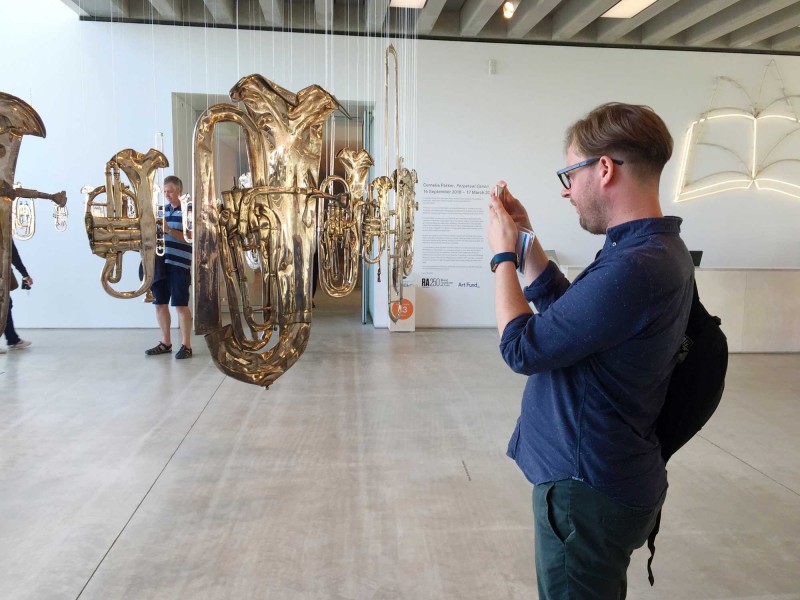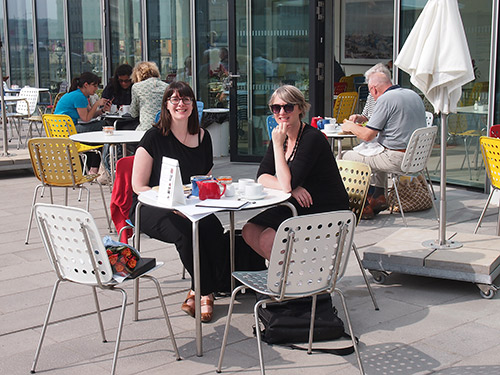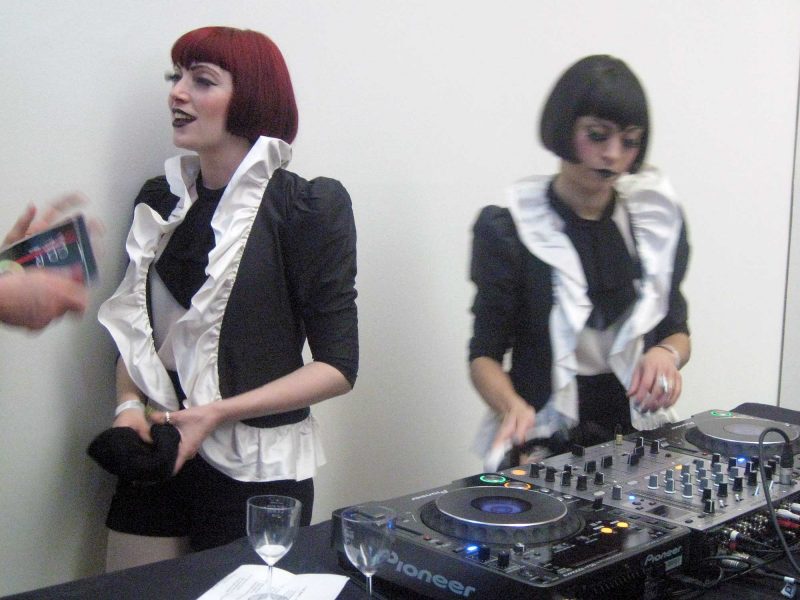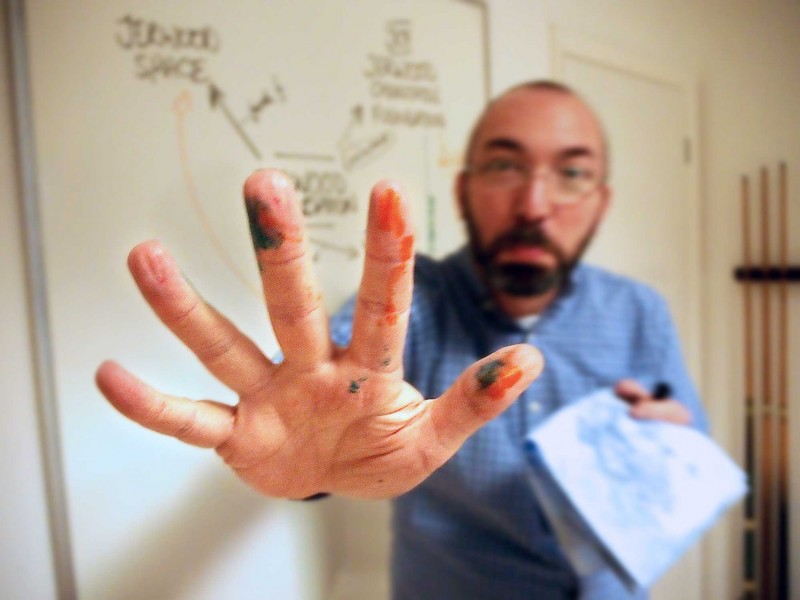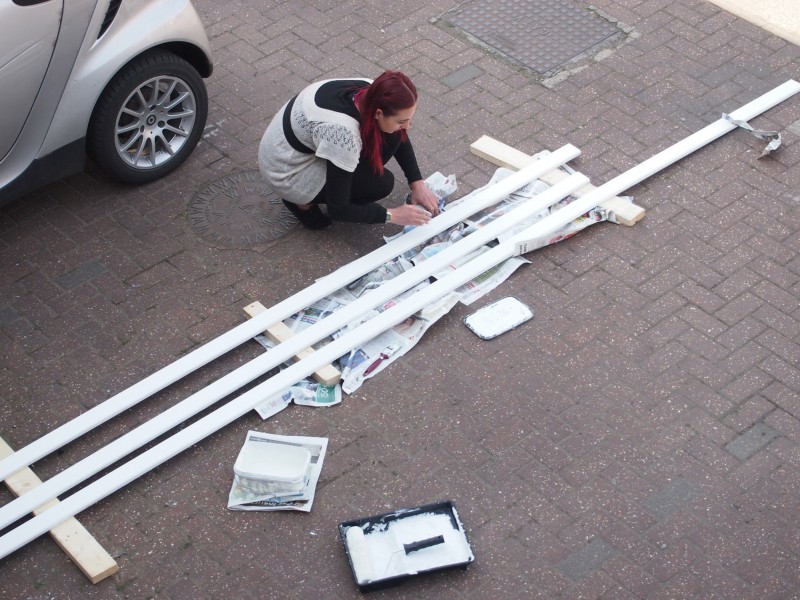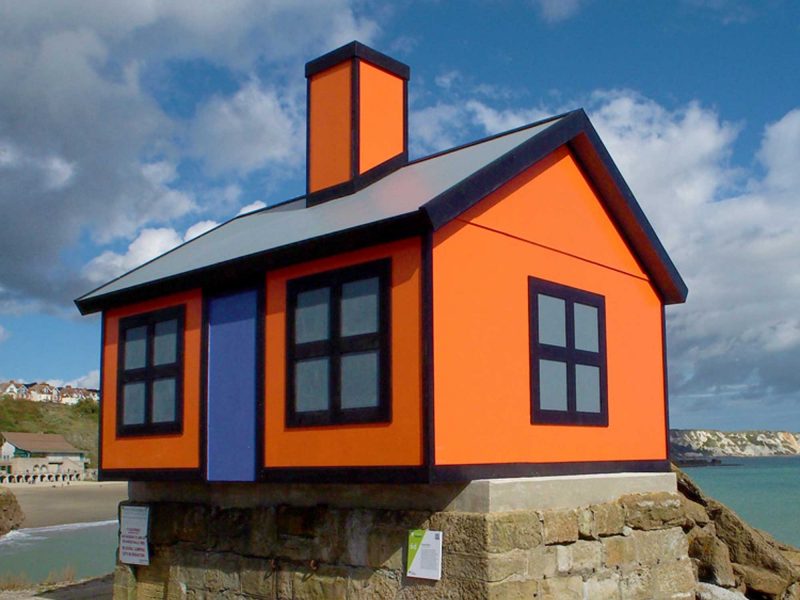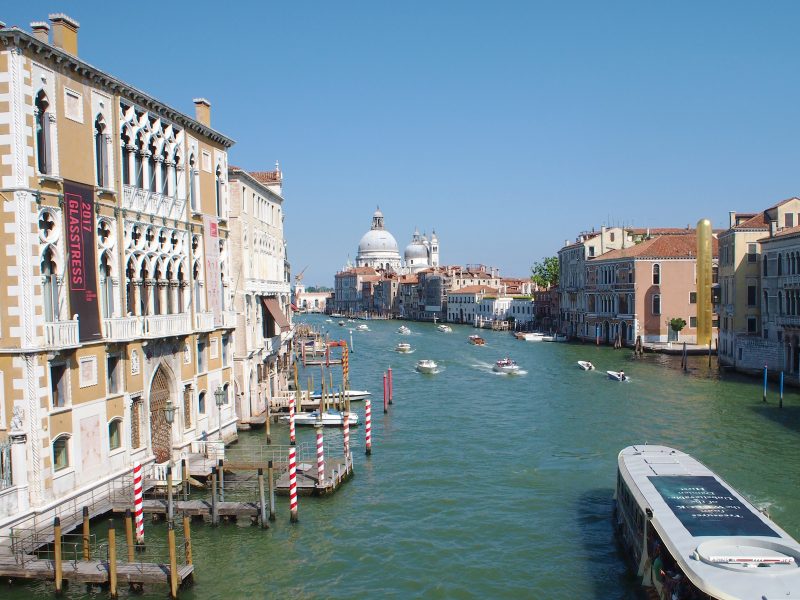One of the benefits of working in the culture and heritage world is that you get invited to lots of client shows .There are times when that can be a mixed blessing, this was not one of them.
Turner & The Sea
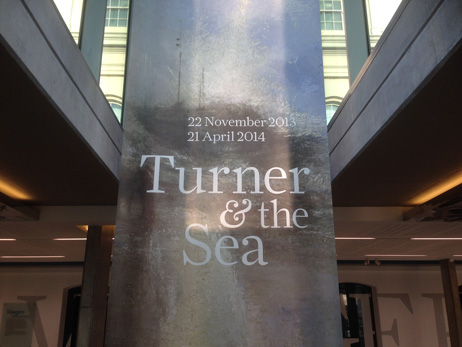
When the invitation for an early morning viewing of Turner & the Sea (at National Maritime Museum) pinged into my inbox I was a little trepidatious. Another Turner show, really? Is there anything new to say about Turner? Still, they promised coffee and croissants so that trumped my nervousness. It turns out I needn’t have been nervous at all, the show is wonderful.
I was transfixed by the last painting, “Snow Storm”; I stared at it for so long I began to feel giddy.
As invited (breakfast freeloading) guests we were also given an introduction by the exhibition’s curator Christine Riding whose obvious passion for the subject was difficult not to be swept up in.
This relatively large exhibition takes visitors on a broadly chronological journey through Turner’s five-decade-long fascination with the sea, beginning with three huge, sublime exhibition canvases.
Alongside the Turner’s are a few works by his contemporaries, which give context to the painting styles of the time, especially to the narrative style in the large-scale commissioned work of the “Battle of Trafalgar”.
The space has been laid out with sightlines to allow you to compare and contrast Turner against his contemporaries, and different periods of Turner’s work. It’s immediately apparent that he was leagues ahead in his thinking and technique compared to those around him.
It was almost a shame to see “The Fighting Temeraire” in the middle of the space but you can see why it made sense to have the ‘Nation’s Favourite Painting’ on display, even if it didn’t strictly fit with the ‘Sea’ theme. At least it does have a local connection; I’ve looked it up and apparently the gunship would have been towed past Greenwich on its journey to being scrapped in Rotherhithe.
Towards the end of the show is a room of sketches and watercolours, displayed in a really interesting arrangement of frames, standing on table-tops. This set-up was a response to the curator’s request to do something more interesting than rows of staggered wall-hangings. It’s also a good representation of the chaotic nature of Turner’s studio towards the end of his life. It was in this state that the Tate curators were invited to pick up hundreds of bequeathed paintings but actually left with thousands of works and artefacts, a tiny fraction of which are shown here.
By far my favourite space was the final set of paintings. Huge, swirling, almost manic in their brush strokes, completed towards the end of his career (apocryphally painted from sketches made whilst Turner was strapped to the mast of a storm-lashed ship). These canvases are so emotive and their brushwork so physical that they feel decades ahead of their time; they aren’t just paintings of seascapes, they convey the feeling of being at sea. I was transfixed by the last painting, “Snow Storm”; I stared at it for so long I began to feel giddy. I’d share a picture to give a sense of scale but there is no photography allowed.
I came out willing one of our clients to ask what I thought but I think I’d been in there so long that most of them had left. So I walked back to the studio and got on with my day, invigorated and inspired by the spectacle, I might even pay to go back and see it again before it closes in April.


